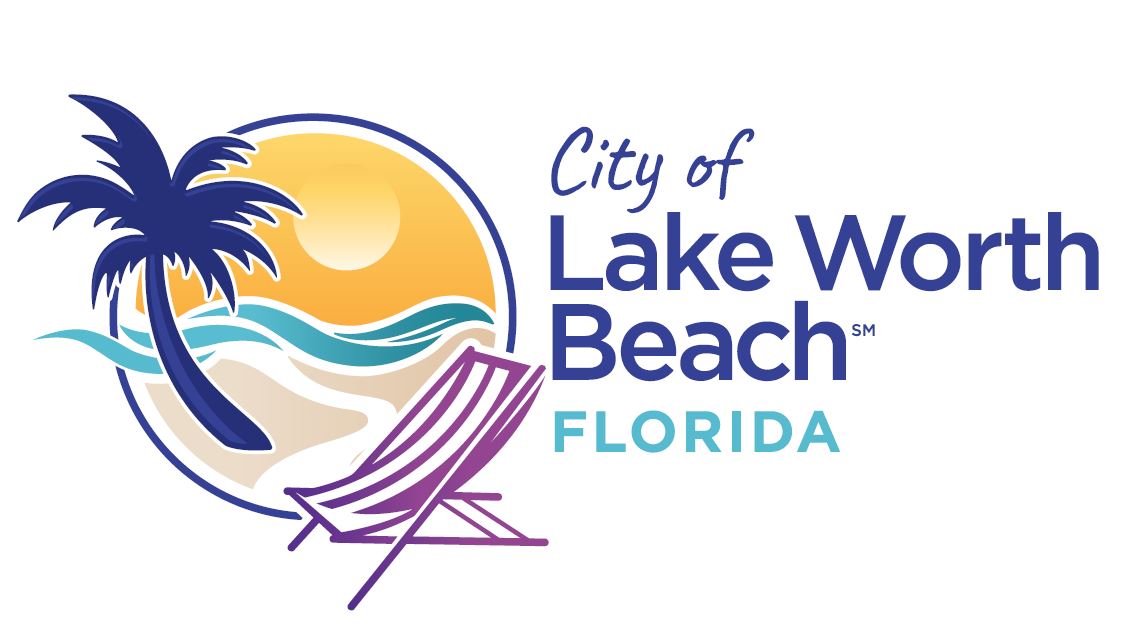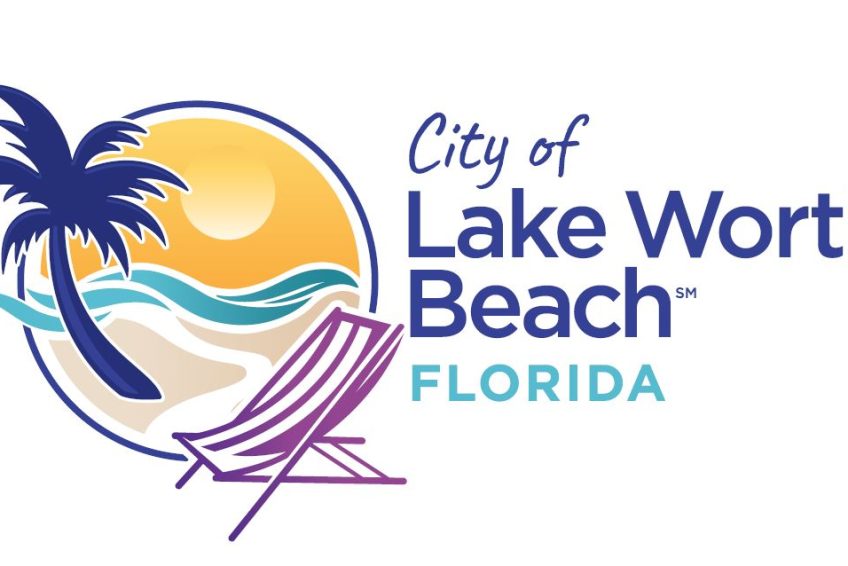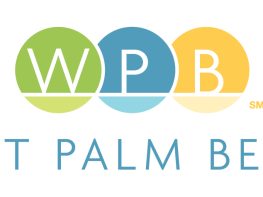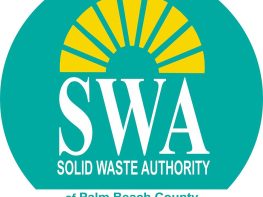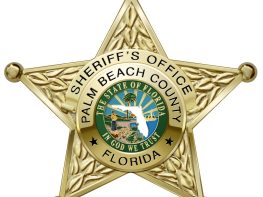- In the middle of the Civil War, Congress passed the Homestead Act of 1862 which offered 160 acres to settlers in exchange for making improvements to or farming unsettled government owned lands.
- Samuel and Fannie James, a mixed race couple, settled in the area around 1885 when the region was referred to as “Jewell.”
- Fannie James became the founder and first postmaster of Jewell in 1889. The couple played a prominent role in the early development of the community and were well respected by neighboring settlers. They eventually owned upwards of 700 acres in the region.
- By 1912, a consortium of out of town real-estate investors known as the Palm Beach Farms Company had acquired 60,000 acres in the area, including the land that had belonged to Samuel and Fannie James. The company started to plan for a town center with surrounding residential lots, naming it “Lucerne.”
- Unfortunately, the town site of Lucerne was short lived. After the town’s platting, the establishment of the local post revealed that the name “Lucerne” was already taken by another Florida town, and so it was given the new name of Lake Worth. The town incorporated the next year in 1913.
- In 1919, a wooden drawbridge was constructed to provide additional access to the barrier island. A Casino and Bathing Pavilion featuring dancing and dining facilities on the second floor became a very popular attraction, bringing a record number of visitors to the blossoming town. A Club House built in Pioneer Park served as the social hub for residents, offering meeting and event spaces (the Club House was later replaced by the Municipal Auditorium building, which is now Lake Worth’s City Hall). Other improvement projects included a 300’ fishing pier and a salt water pool.
By 1920, residents numbered about 1,100, and growth in the commercial core flourished as well. Between 1922 and 1925 during the Florida Land Boom, Lake Worth reincorporated as a City, and 45 new businesses were constructed.
- In 1928, a major hurricane passed through Lake Worth and caused thousands of casualties when it caused Lake Okeechobee to breach its banks. Thousands of buildings were destroyed and disrupted transportation and shipping routes hindered rebuilding efforts.
- An all-out panic ensued after the hurricane, which hastened the rapid progress achieved during the Land Boom years.
- In 1929 the stock market crashed, bringing about the Great Depression which would last almost the entire decade of the 1930s. It would be a very dark time for the nation as many families struggled just to be able to afford food.
- Though construction would not be as rampant as it had been in the 1920s, the latter part of the 1930s would see some growth in part due to President Roosevelt’s New Deal program, which sought to put people back to work by having the Federal Government fund infrastructure, parks, art, architecture, and roadway projects.
- Just as the nation was recovering from a very weary decade, World War II would again slow down any meaningful progress as attention turned to providing support to our troops. However, Lake Worth would experience a rather significant population increase, as military training bases and camps were located in West Palm Beach, Jupiter, and Boca Raton and several resort hotels were turned into military hospitals.
- In 1940 Lake Worth’s population was 7,400; by the time the War ended in 1945, the population numbered 10,615.
- It was in this post-War era that Lake Worth again would enjoy a return to economic stability. Many of the veterans who had trained in the region returned, bringing their families back with them.
- The Federal government’s G.I. Bill offered very low interest rates, allowing young families to afford a new home. This caused a massive housing demand that lasted well into the mid-1950s. This demand also created a drastic change in the way housing stock was made available and constructed; new technologies allowed for the pre-fabrication of building parts, and entire house kits were shipped to the lots to be put together on site.
- As in much of the country, the 1960s and 1970s would see quite a bit of demolition of the built environment in the name of “progress.” In Lake Worth, this also saw an increase in the construction of apartment buildings, condominiums, road improvement projects, and larger scale commercial properties.
- In 2019, the City of Lake Worth was renamed “Lake Worth Beach”.
- Today, Lake Worth Beach boasts a quaint but vibrant downtown with many art galleries, cultural facilities and restaurants. Lake Worth Beach hosts a variety of annual festivals, many of which celebrate the city’s historic and artistic past and cultural diversity.
